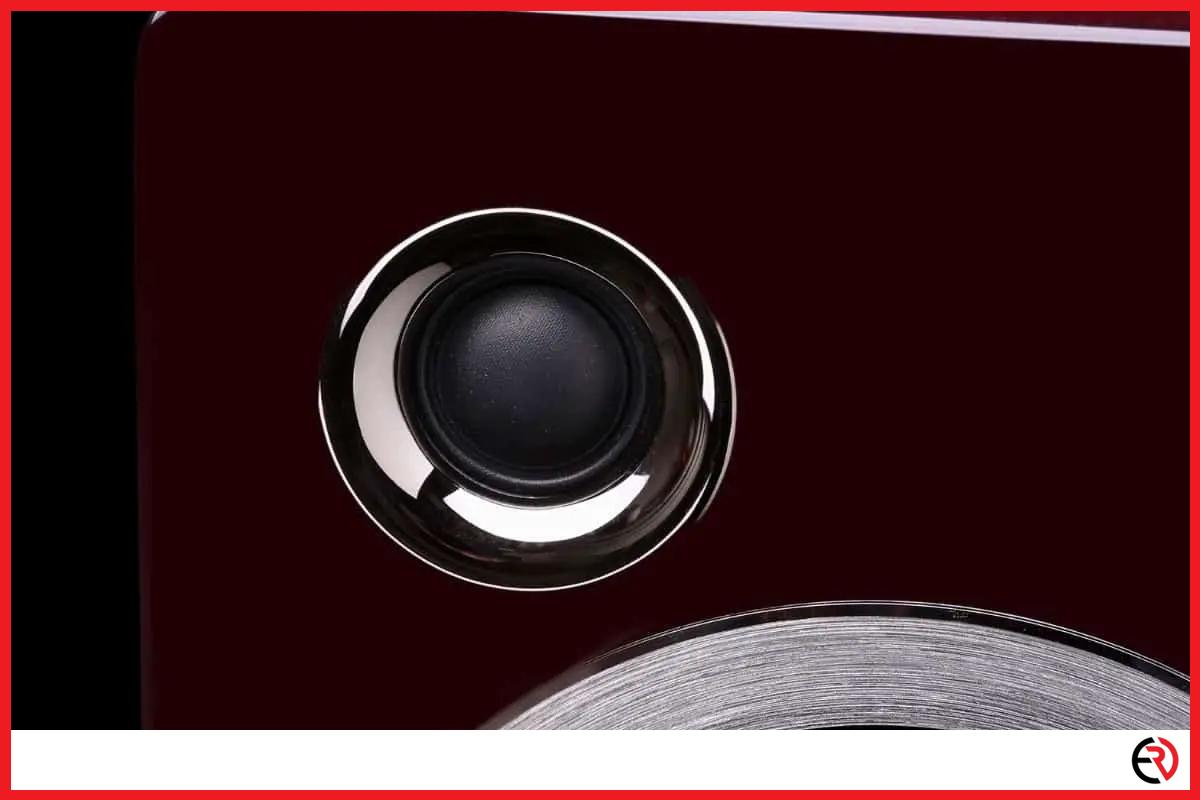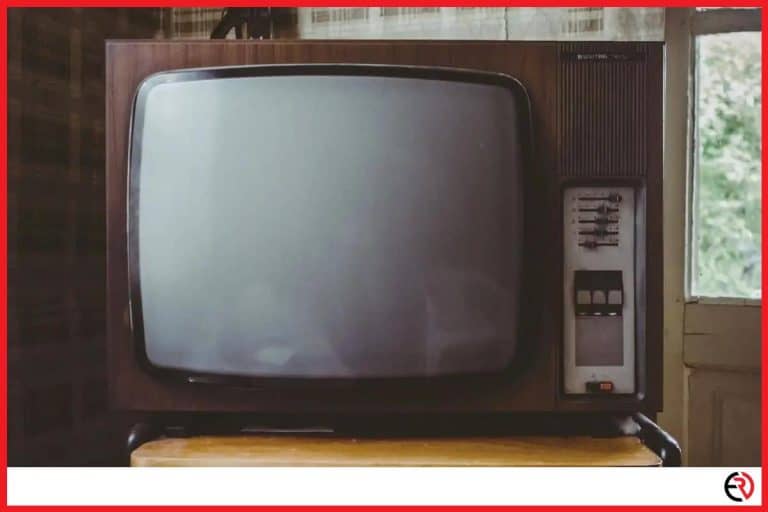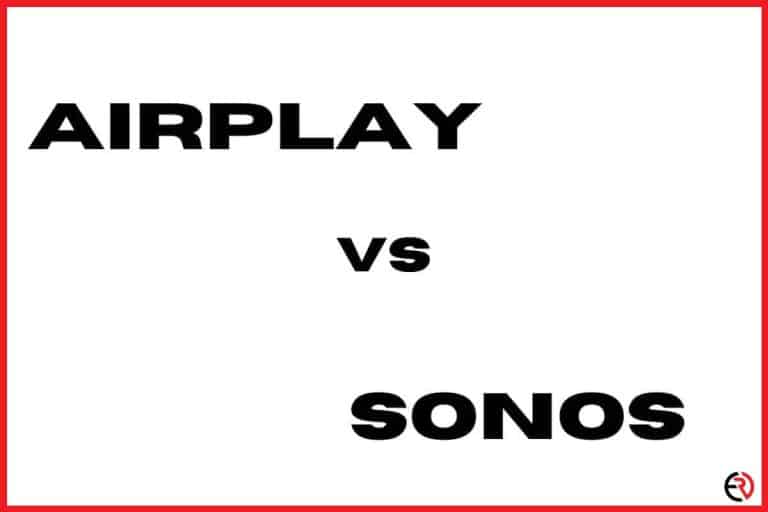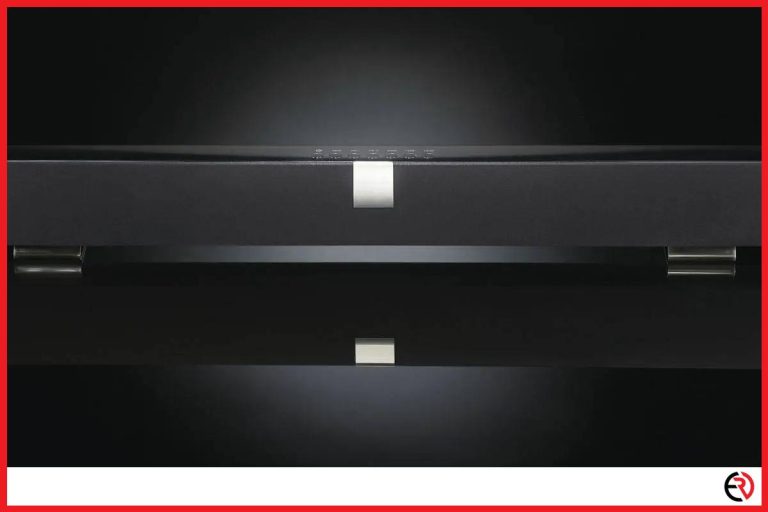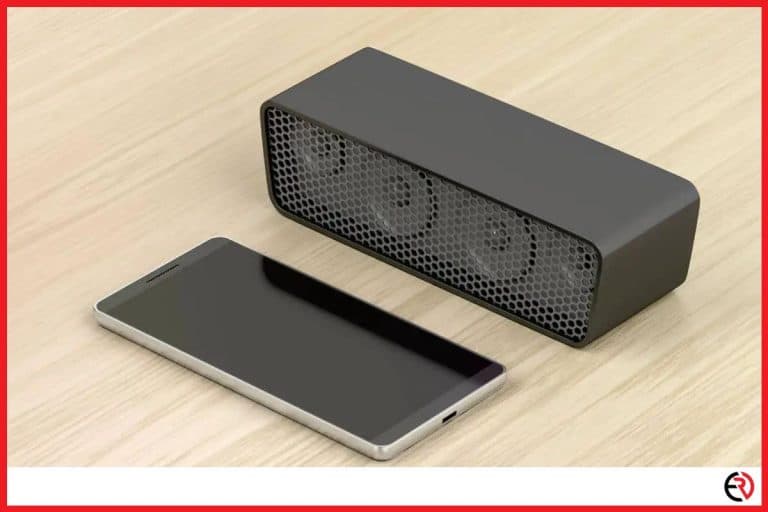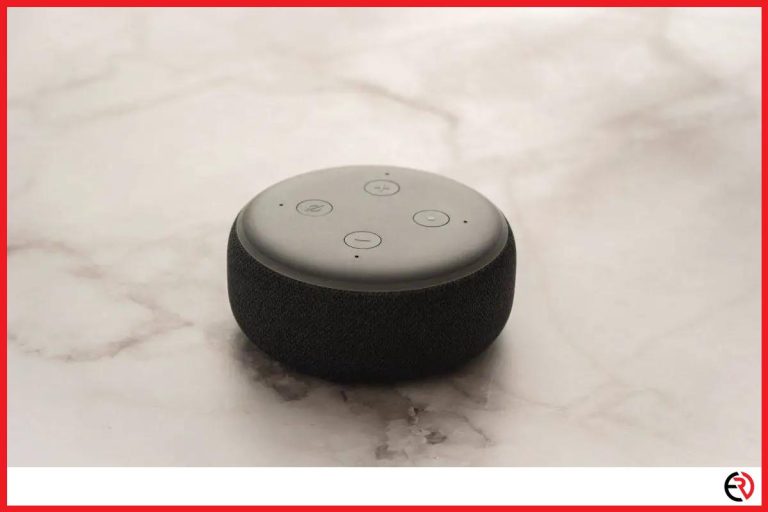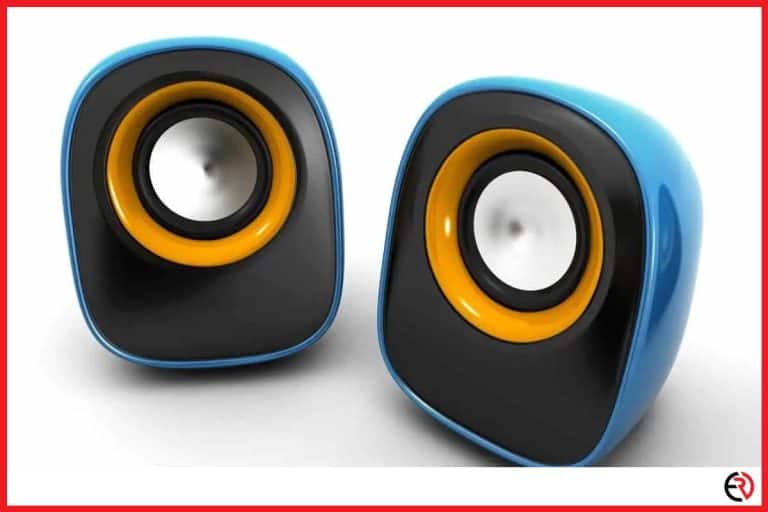Can You Use Bookshelf Speakers for Atmos?
This post may contain affiliate links which means that, if you choose to make a purchase, I may earn a small commission at no extra cost to you.
You are not the only one to think about using bookshelf speakers to create a Dolby Atmos experience. There have been others before with a similar notion. While some succeeded, others failed, and where they fell, you will succeed because I am here to help you with the transition.
Yes, bookshelf speakers can be used for Atmos, and there are two ways to do so. You can place them over your main front speakers, facing the ceiling, so that the sound waves bounce from the ceiling surface to your listening position. The alternative is to fix them to the ceiling for the Atmos experience.
Judging by the above expression, you must have realized the effort required to use Bookshelf speakers for Atmos. Although the setup might not be optimal and the results may be incomparable to an actual Atmos setup, it’s good enough for the untrained ears, and in this article, you’ll learn how to achieve the same.
What is a Bookshelf speaker?
Bookshelf speakers need not necessarily be set inside bookshelves. They must be placed in a higher position above the floor. They are not as big as tower speakers but are compact, pack much less power, and are perfect for small rooms.
One of the speakers I recommend is the Edifier R1280T Bookshelf speakers, which offer studio-level audio quality in a home environment. It is the perfect bookshelf speaker, one of the best in the given price segment. They even come with a wall mount if you cannot afford the floor space.
I used to own a pair of XT15 and was amazed by the performance of the two simple bookshelf speakers. They were my stepping stones to a much better world of a musical symphony, and I am glad to have experienced them beforehand. I highly recommend this one if you are looking for a budget-friendly bookshelf speaker.
Why use bookshelf speakers for Atmos?
Thanks to their compact frequency range, they are ideal for a home theater setup. You can either use them in a solo setup (speakers without subwoofers) or connect them to an existing home theater for some added oomph!
You can even put bookshelf speakers in the front and make them your central right and left speakers, provided you have bought a decent pair, like the Klipsch RP-600M, which is one of the best speakers in existence but a bit more expensive than your regular lot. I know someone who has 8 of these set up in his living room; that’s how flexible bookshelf speakers are. You can place them throughout the room without hurting your audio experience.
How should you position bookshelf speakers?
The best way to place bookshelf speakers is not on the ground. You can either put them on a taller front-standing speaker or use mounts instead, and some even have the option to be mounted directly onto the wall. But no matter what you do, ensure the tweeters are at ear-level.
The ear level should be considered while sitting down on your couch or bed and not standing up straight. To do so, go to your sofa and sit comfortably. Do not sit straight since during prolonged viewing sessions, you, like most people, will move around a bit and eventually settle back into the couch.
Sit in a laid-back and relaxed position and ask someone to keep adjusting the speakers until you are satisfied with the results.
A brief overview of Dolby Atmos
Regular setup only provides you audio in the horizontal plane, which includes the sides (left and right), rear (two speakers also left and right), and front (two speakers left and right along with a subwoofer and a central speaker). However, Atmos lets you experience audio coming from the top down. Rather than firing sound waves at you, Atmos engulfs you in a cocoon of audio effects.
The top-down sound effect provides a 3D experience that’s unique only to Dolby Atmos. Even if you have the speakers set up, you will not get the Atmos effect unless the media (audio or video) supports it in the first place.
Atmos rewards you with a surround sound experience where channels do not limit the audio. In Atmos, the audio moves alongside the main character on the screen. For instance, if a jet swoops over you, the respective sound effects will be more prominent from the top and not from any front-standing speakers.
Atmos puts you in a 3D space and projects sound as if you were sitting right in the middle of the scene.
How to add Atmos to your home setup
You can add atmos in two ways. One offers authentic Atmos vibes with all 7 or 11 speakers placed throughout the room. The alternative is a virtual experience that is not as convincing as the actual physical setup but is close enough.
Regular Atmos comes from ceiling speakers or ones that are mounted up top. The controlled sound dispersion creates the perfect illusion that sound is firing at you from all directions.
Virtual atmos, however, contains only front-firing speakers that direct audio at the ceiling so that the sound waves approach you from the top and not from the front.
In short, virtual atmos uses psychoacoustic techniques for 3D effects since they lack the actual speaker placements. Ceiling speakers are the best for atmos, but a soundbar is a viable alternative if you do not have the budget.
How to utilize Bookshelf speakers to create the Atmos effect?
To use bookshelf speakers for atmos, you would have to place them facing the ceiling. The prerequisites to this setup are a low and flat ceiling (no more than 8 feet) without many textures and also achieving the perfect angle for accurate audio redirections.
The most challenging part of the process is getting the perfect angle. There will be a lot of trial and error involved, and it’s almost impossible to go at it alone. Swapping positions in between setting up the speakers and sofa is quite cumbersome. Sit someone on the couch to check for the audio effects while adjusting the speaker tilt.
Most people simply place the ceiling-firing speakers on top of their font speakers, which is not optimal. It’s better to use stands; otherwise, the speaker’s sound waves on top and bottom may interfere with each other since they were not designed to be placed in such ways.
The alternative to this is to mount bookshelf speakers to the ceiling. According to Dolby, the perfect way to place them is slightly to the left and right of your listening position. However, the result comes down to the angle since bookshelf speakers are front-firing in nature, and you’ll have to angle them downwards to create the top-down effect.
FAQ
What kinds of speakers do you need for surround sound?
You will need three speakers for surround sound. They are subwoofer, front speakers, ceiling, and center speakers.
Subwoofers transmit low-frequency sound signals, which become the bass of your entire setup. The rest of the layout creates a surrounding effect. Bookshelf speakers are not ideal for Atmos since they are not designed in that way. However, you can customize it by adjusting its position and angle to create the desired effect.
Conclusion
A Dolby Atmos home setup is a lifelong dream for every audiophile out there (including myself). But the cost is undoubtedly an issue since ceiling speakers don’t come cheap. Bookshelf speakers are a viable alternative but not optimal, and will require effort to make them feasible for Atmos. Good luck!

